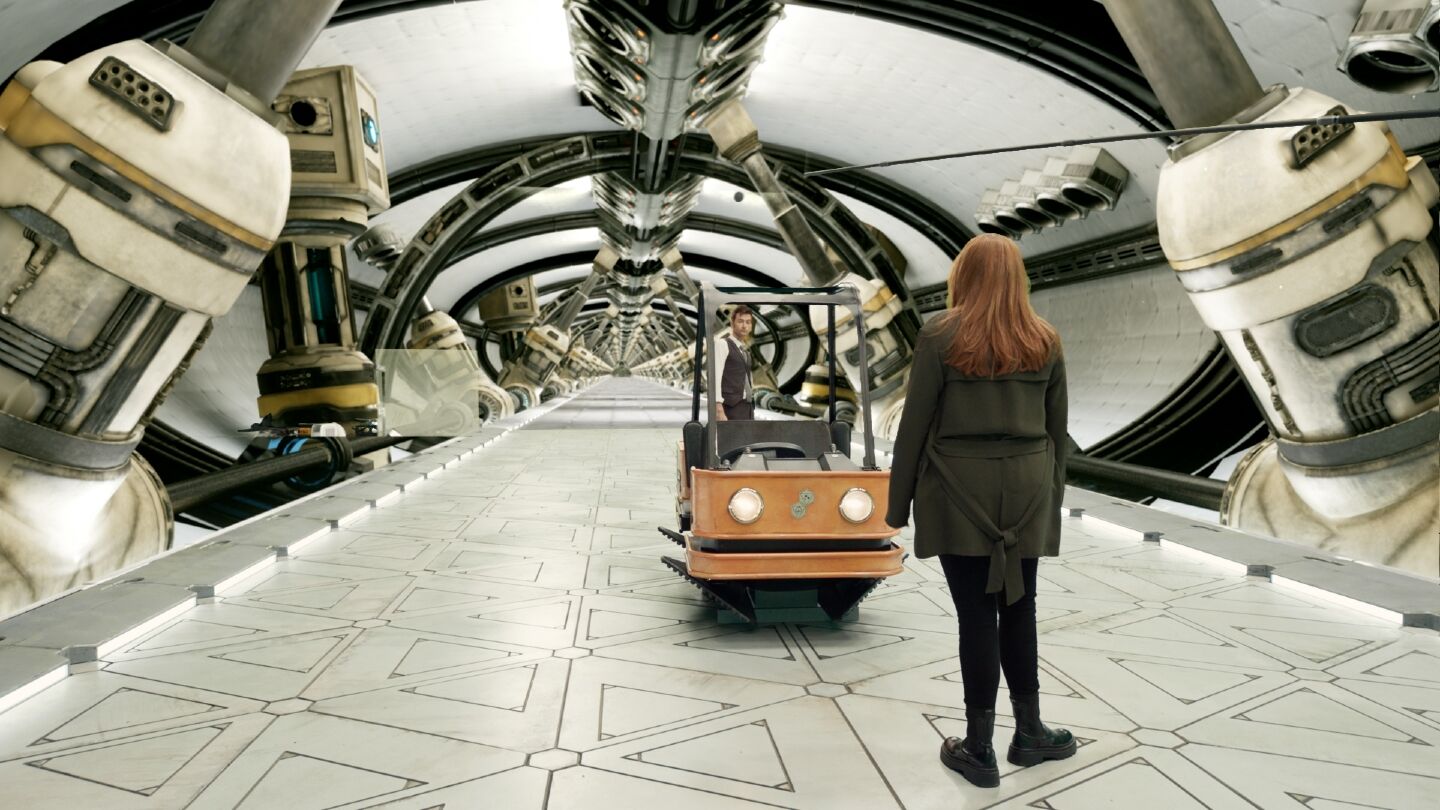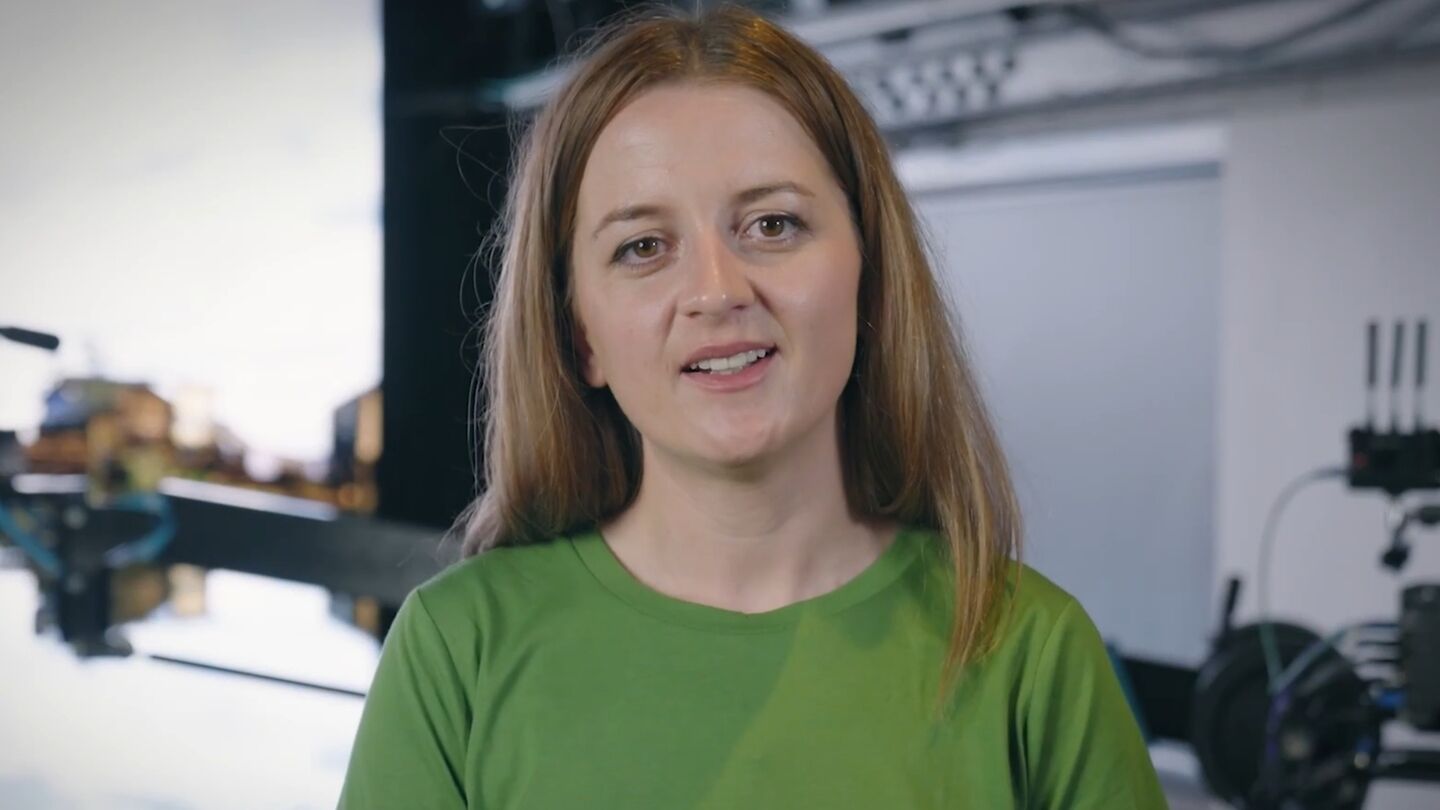Advances in GPU capability and algorithms are among the developments allowing ‘more to be done with less’ as virtual production technology and techniques continue to evolve, writes David Davies.
The trajectory enjoyed by virtual production (VP) over the past 10 years has few recent parallels. From a technology that began to achieve recognition with its groundbreaking deployment on Disney+’s The Mandalorian, but which truly achieved lift-off when pandemic conditions made it an ideal creative component of so many productions, it’s been fascinating to watch the emergence of a whole new area of the media industry occur in real time.
You are not signed in
Only registered users can read the rest of this article.

Truth in the age of deepfakes: Building trust in the human-machine era
As deepfakes become prevalent throughout the media industry, experts at the BBC, Guardian, and ITN wrestle with the implications of today’s unprecedented levels of disinformation and distrust.

Rory Peck Awards: Truth has never needed its defenders more
This year’s Rory Peck Awards was an affirmation that press freedom is in severe danger, that it has become a vicious fight to sustain that facts matter. George Jarrett reports.

Camerimage: “The time to be afraid of AI was two years ago”
The festival of cinematography remains political with the rise of AI and gender equality bubbling beneath the surface.
.jpg)
Content Everywhere: Disruptive forces in 2025, from AI to ROI and SGAI
Looking back over 2025 to date, it’s clear that AI continues to widen its role in the Content Everywhere ecosystem, and many companies are becoming more discerning about how and where the technology should be applied to streaming and video technology. Clearly, there is still much more to come, and much more to learn, but what have recent developments taught the industry to date?

Scalable broadcast tech provides backbone for Esports World Cup Festival
Tasked with producing the festival side of the 2025 Esports World Cup in Riyadh, Saudi Arabia, Vanguard engineered a multi-venue broadcast workflow built on Blackmagic Design infrastructure to handle weeks of continuous live programming.




